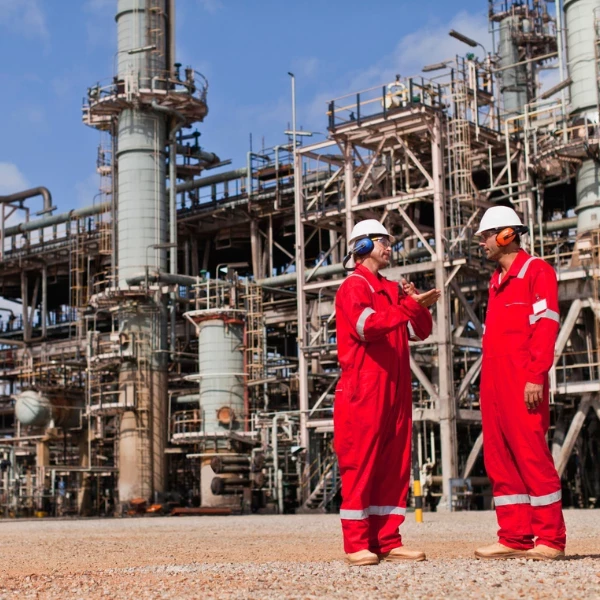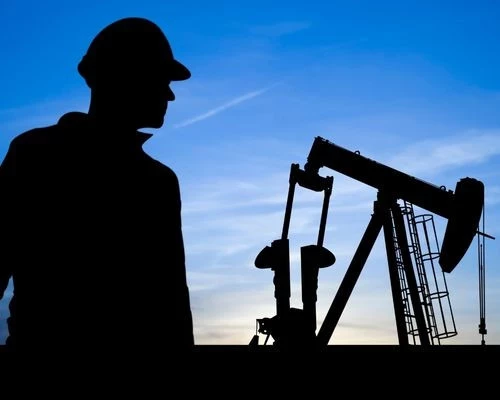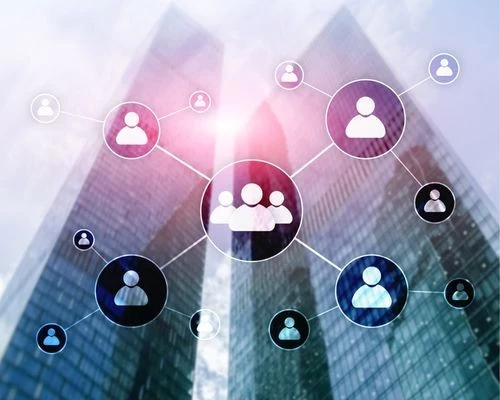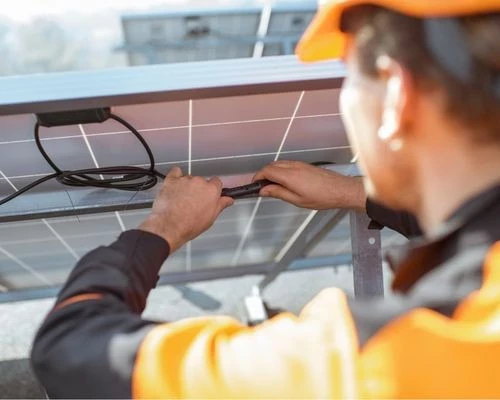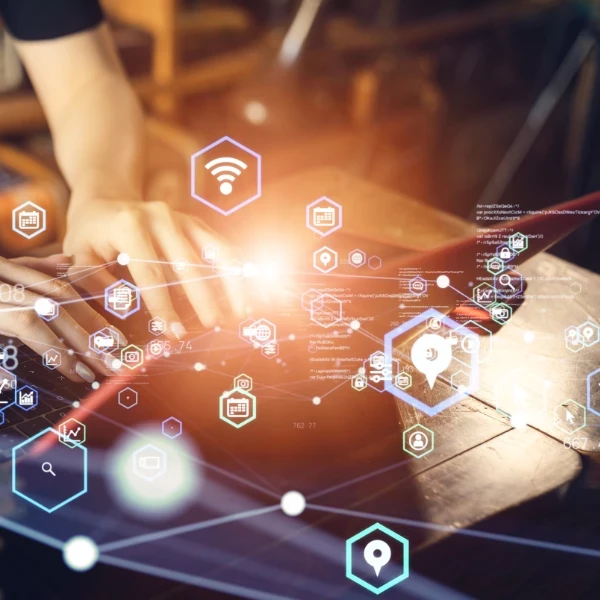Creating a Human-Centered Connected Worker Ecosystem
Add bookmark
In part 2 of this series, I wrote about the need to apply a human-centered performance model to guide and inform the development of Connected Worker solutions. In this article, I demonstrate how today’s Connected Worker technologies can be applied to deliver more human-centered Connected Worker solutions.
Read Part 1: Can the Connected Worker Concept Solve the Great Workplace Disconnect?
Read Part 2: The Human-Centered Connected Worker Framework
Imagine a workplace where work is no longer a chore but rather a source of fulfillment. This is the essence of a human-centered Connected Worker ecosystem. No more struggling in silence as you rely on your resourcefulness and resiliency to compensate for inadequate work environments and performance support.
With connected technology, workers can perform tasks with greater efficiency and effectiveness, while enjoying a more engaging and satisfying work experience. It is time to eliminate common worker frustration and cultivate a level of human enrichment that helps bring out the best in people.
The human-centered Connected Worker solution design is a methodology that prioritizes the needs, preferences, and experiences of workers. In this approach, workers play a central role in the design and implementation of technology in the workplace, where the worker "experience" is seen as a valuable outcome.
The Rise of Connected Work Design
After a decade of Industry 4.0 ’s implementation, the Connected Worker is set to shape the industry’s future. As connected technology continues to advance, job opportunities in Connected Worker solution design will grow in the coming years. Until then, those delivering Connected Worker solutions must understand the dimensions that support human performance.
Two dimensions are key to optimizing worker performance:
- Macro or environmental dimension addresses broad environmental components driving human performance.
- Micro or individual dimension focuses on a worker's relationship with their job tasks.
By considering both dimensions, solutions can be designed to enhance both the individual task execution experience and the context in which workers operate.
Macro-Level: Environmental Factors
Macro-level designs serve the entire workforce and create a performance-supportive culture and environment. This leads to rewarding work experiences for individuals and teams.
Macro-level solutions overcome the common environmental challenges faced by industrial workers and provide a workforce experience that leverages connectivity to drive worker performance and growth.
The macro-level looks at the organization's ecosystem in terms of its connected platform portfolio and how it connects workers with their work, co-workers, and the workplace. The aim of macro-level connected solutions is to reframe how connected technologies can leverage the human-machine mix in the following fundamental areas:
- Data, Information, and Feedback.
- Tools, Instrumentation, and Resources.
- Individual and Team Incentives.
The design principles for macro-level connected ecosystems include the following.
- Complement human–machine capabilities in ways that improve worker experience.
- Data exchange that creates a whole that is greater than the sum of its connected components.
- Content component management systems (CCMS) to enhance the depth and breadth of personalization.
Every factor in an ecosystem depends on every other factor, either directly or indirectly, and works together to create a compelling worker experience.
Micro-Level: Individual Factors
The micro-dimension focuses on optimizing the performance of individual workers by enhancing their skills, abilities, and motivation. It provides personalized support in real time to augment a worker's abilities and to keep them engaged and motivated.
Connected solutions at the individual level are designed to blend seamlessly into the natural flow and context of job tasks. What makes these solutions distinct is that they are both real-time, personalized and performance based.
Job Task Execution Cycle
The job task execution cycle is divided into three phases: task execution, problem resolution, and growth. During the first phase, the focus is on enhancing human capacity to perform tasks.
In the second phase, solutions support problem resolution and encourage collaboration and creative thinking.
In the final phase, virtual assistance and coaching systems powered by AI facilitate continuous learning, growth, and improvement. Connected solutions play a significant role in supporting and integrating each of these phases.
Let us take a closer look at the three phases of the cycle and how sample-connected solutions can support each phase.
Phase I: Task Execution
- Task Cuing: Smart scheduling and dispatch systems
- Task Preparation: Mobile-based task preparation and resource allocation systems
- Data Analysis: Advanced data analytics and visualization tools
- Task Execution: Hands-free wearable technology and real-time monitoring systems
Phase II: Problem Resolution
- Trouble Shooting: Predictive maintenance and issue tracking systems
- Problem Solving: AI-powered virtual support systems
- Decision Making: Advanced data analytics and decision-making support systems
- Skill/Knowledge Application: Augmented reality training and CCMS-powered knowledge management systems
Phase III: Growth
- Virtual Assistance/Coaching: AI-powered virtual coaching and training systems
- Collaboration: Collaborative task management and communication systems
- Escalation: Real-time escalation and support management systems
- Documentation: Cloud-based content component management systems
Conclusion
The future of work is an exciting frontier, where technology should be viewed as a powerful ally, not an adversary. Connected technologies are starting to harness the capabilities of humans and machines in ways that amplify both, creating new opportunities and expanding the horizons of work.
Out of this marriage, work will be redefined as a platform for wellness, growth, creativity, and impact that creates value for all stakeholders as it leverages technology to deliver more than just efficiency and productivity.
There will be an evolution from common themes such as mere safety to wellbeing, drudgery to human development, monotony to human ingenuity, traditional supervision to personalized virtual assistance, artificial to authentic intelligence, and workforce cultures that intentionally accelerate the advancement of humans.
These shifts will pave the way for broader change, such as the idea that work is not just a means of livelihood, but a platform where people can thrive, grow, and fulfill their potential. Transforming the human experience at work is a necessary evolutionary step for the better.
As humankind becomes empowered to be more autonomous with greater flexibility, organizations, in turn, will become more agile and competitive in an advancing society.
Interested in learning more about this topic?
Join us at The Connected Worker Summit on March 28-30, 2023 and network with over 150 of your industry peers at the Norris Conference Center in Houston, TX., and learn how to evaluate the existing gaps in your connected worker capability and identify the data-driven solutions that will drive continuous improvement across your operations. Download the agenda for more information.













